
Rakvere: A Medieval Gem in Estonia
Discover Rakvere, Estonia's medieval treasure, where ancient castles, vibrant culture, and scenic landscapes create a perfect blend of history and modernity.
Rakvere, a quaint town in northern Estonia, offers a unique blend of historical charm and modern attractions. Known for its rich medieval history, Rakvere is home to the impressive Rakvere Castle, a must-see landmark that dates back to the 13th century. Visitors can explore the castle's ancient walls, enjoy medieval-themed events, and even try their hand at archery. Beyond the castle, Rakvere boasts a vibrant cultural scene. The town is dotted with museums, art galleries, and theatres. The Rakvere Theatre is especially notable for its innovative performances and community events. For those interested in contemporary art, the Tarvas Sculpture by Tauno Kangro, a grand statue of an aurochs, provides a striking contrast to the historic surroundings. Nature lovers will appreciate the scenic landscapes surrounding Rakvere. The nearby Lahemaa National Park, Estonia's oldest and largest national park, offers hiking trails, picturesque villages, and pristine coastlines. Rakvere's parks and gardens are perfect for leisurely strolls, making it an ideal destination for relaxation and outdoor activities. Food enthusiasts will find plenty to savor in Rakvere. The town's restaurants and cafes serve a delightful mix of traditional Estonian cuisine and modern dishes. Local specialties like black bread and marinated eel are not to be missed. Rakvere's friendly locals and serene atmosphere make it a welcoming destination for tourists looking to experience the heart of Estonia.
Local tips in Rakvere
- Visit Rakvere Castle early in the day to avoid crowds and enjoy a peaceful tour.
- Check the schedule of Rakvere Theatre in advance for special performances and events.
- Take a day trip to Lahemaa National Park for stunning nature trails and coastal views.
- Try local dishes like black bread and marinated eel at Rakvere's traditional restaurants.
- Walk through the town's parks and gardens for a relaxing afternoon.
Rakvere: A Medieval Gem in Estonia
Rakvere, a quaint town in northern Estonia, offers a unique blend of historical charm and modern attractions. Known for its rich medieval history, Rakvere is home to the impressive Rakvere Castle, a must-see landmark that dates back to the 13th century. Visitors can explore the castle's ancient walls, enjoy medieval-themed events, and even try their hand at archery. Beyond the castle, Rakvere boasts a vibrant cultural scene. The town is dotted with museums, art galleries, and theatres. The Rakvere Theatre is especially notable for its innovative performances and community events. For those interested in contemporary art, the Tarvas Sculpture by Tauno Kangro, a grand statue of an aurochs, provides a striking contrast to the historic surroundings. Nature lovers will appreciate the scenic landscapes surrounding Rakvere. The nearby Lahemaa National Park, Estonia's oldest and largest national park, offers hiking trails, picturesque villages, and pristine coastlines. Rakvere's parks and gardens are perfect for leisurely strolls, making it an ideal destination for relaxation and outdoor activities. Food enthusiasts will find plenty to savor in Rakvere. The town's restaurants and cafes serve a delightful mix of traditional Estonian cuisine and modern dishes. Local specialties like black bread and marinated eel are not to be missed. Rakvere's friendly locals and serene atmosphere make it a welcoming destination for tourists looking to experience the heart of Estonia.
When is the best time to go to Rakvere?
Iconic landmarks you can’t miss
Rakvere Linnus
Discover the rich history and stunning architecture of Rakvere Linnus, a captivating medieval castle and museum in Estonia.
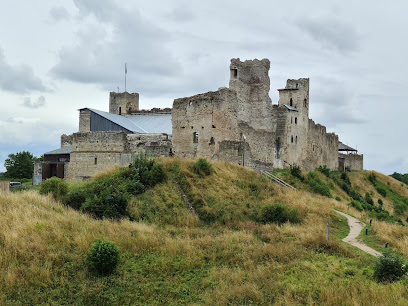
Aqva Hotel & Spa
Experience ultimate relaxation and fun at Aqva Hotel & Spa in Rakvere, featuring a luxurious spa, thrilling water park, and exquisite dining options for all.
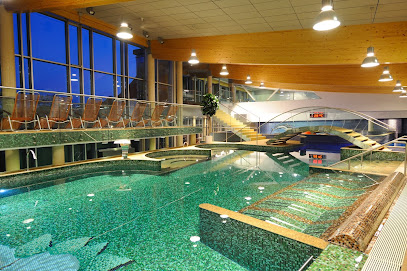
Rakvere Theatre
Discover the enchanting Rakvere Theatre, a hub for drama, concerts, and cultural experiences in Estonia's vibrant arts scene.
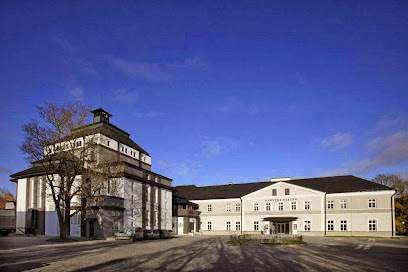
Estonian Police Museum
Explore the rich history of law enforcement at the Estonian Police Museum in Rakvere, a unique attraction for curious travelers and history enthusiasts.
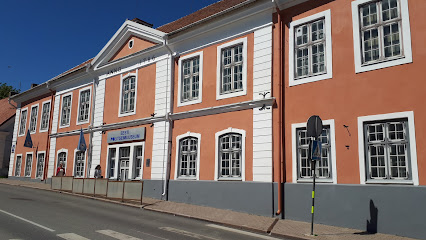
Aurochs Statue
Discover the Aurochs Statue in Rakvere, a majestic symbol of Estonia's rich history and cultural heritage amidst stunning natural beauty.
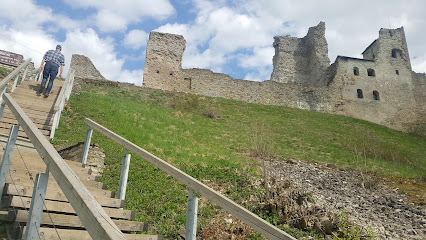
Sarvik
Discover Sarvik in Rakvere, where local flavors meet modern culinary artistry in a charming dining setting.
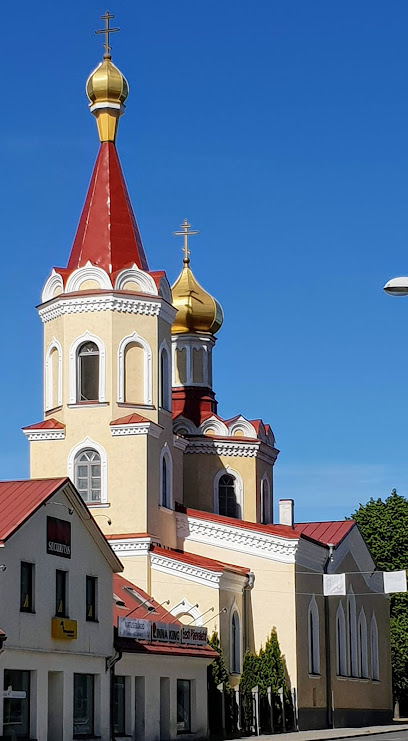
Villa Theresa OÜ
Experience the charm of Estonia at Villa Theresa, a serene hotel in Rakvere offering comfort and cultural immersion for every traveler.
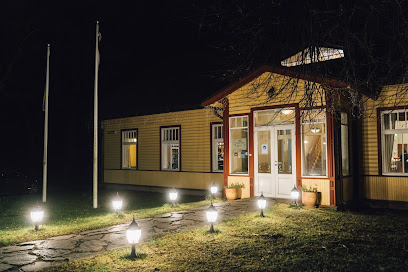
Rakvere Vallimäe Laululava
Experience the magic of culture and nature at Rakvere Vallimäe Laululava, an open-air amphitheater hosting vibrant performances and breathtaking views.
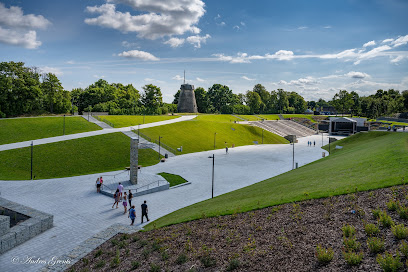
Rakvere Linnakodaniku Majamuuseum
Explore the cultural heritage of Estonia at Rakvere Linnakodaniku Majamuuseum, where history comes alive through engaging exhibits and local stories.
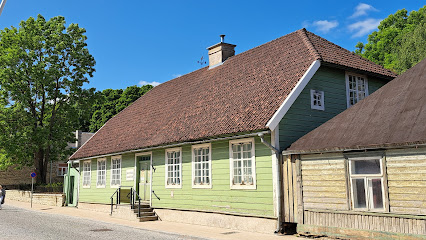
Vabadussõja mälestussammas
Explore the Vabadussõja Mälestussammas in Rakvere, a serene memorial park dedicated to Estonia's War of Independence, rich in history and natural beauty.
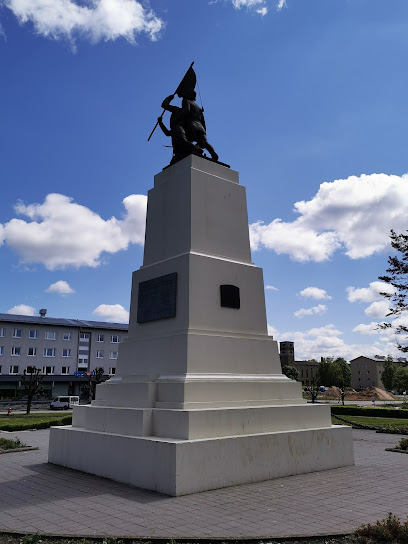
Rakvere Keskväljak
Explore Rakvere Keskväljak – the vibrant heart of Rakvere, teeming with local culture, historical charm, and a lively community atmosphere.

Posti Külalistemaja
Experience the charm of Rakvere at Posti Külaistemaja, a cozy hotel offering modern comforts and warm hospitality in Lääne-Viru County.

Rakvere Vallimägi
Discover the enchanting Rakvere Vallimägi, where history, nature, and breathtaking views await in Lääne-Viru County, Estonia.
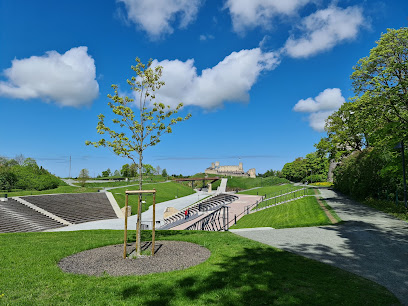
Rakvere Manor
Discover the historical elegance and captivating beauty of Rakvere Manor, a stunning estate that showcases Estonia's rich cultural heritage.

Rakvere Castle
Explore Rakvere Castle, a stunning medieval fortress in Estonia, rich in history, breathtaking views, and immersive cultural experiences.
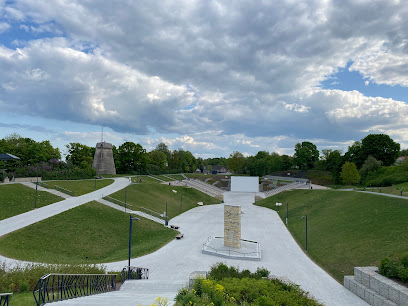
Unmissable attractions to see
Lahemaa National Park
Discover Lahemaa National Park, Estonia's stunning natural wonder, featuring diverse ecosystems, historical manors, and breathtaking coastal views.
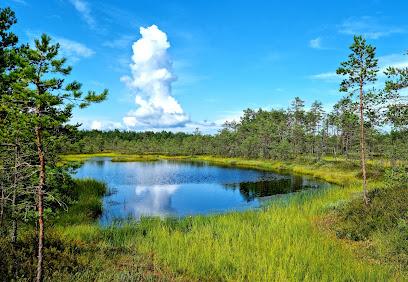
Vihula Manor Country Club & Spa
Discover the elegance of Vihula Manor Country Club & Spa, where history meets luxury in the heart of Estonia's natural beauty.
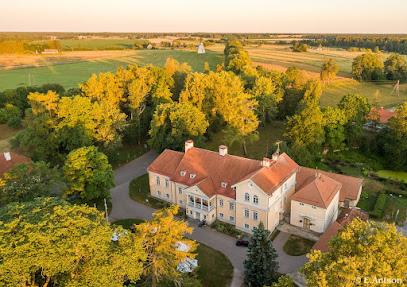
Palmse Manor and open-air museum
Experience the elegance of Palmse Manor and explore Estonia's cultural heritage at this captivating open-air museum in Lääne-Viru County.
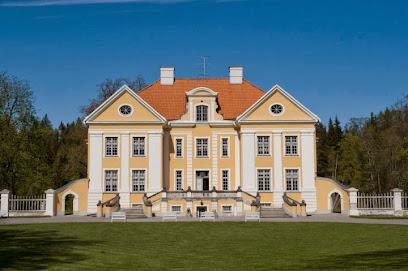
Sagadi manor
Explore the historical beauty of Sagadi Manor, a charming estate in Lääne-Viru County, where nature and history come together in perfect harmony.
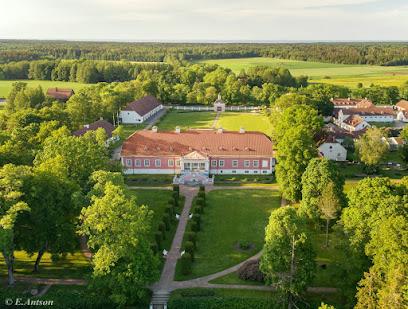
Estonian Police Museum
Dive into the fascinating history of law enforcement at the Estonian Police Museum in Rakvere, featuring engaging exhibits and rich cultural insights.

Aurochs Statue
Explore the Aurochs Statue in Rakvere, an iconic monument that celebrates the region's rich history and natural heritage, perfect for tourists and photography lovers.
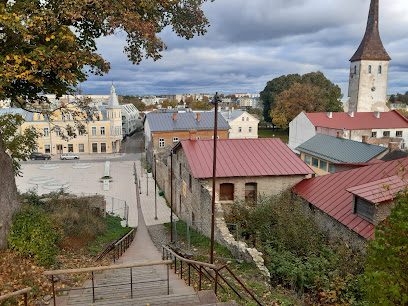
Viru bog nature trail
Discover the serene beauty of Viru Bog Nature Trail in Harju County, Estonia, a must-visit hiking destination for nature lovers and outdoor enthusiasts.
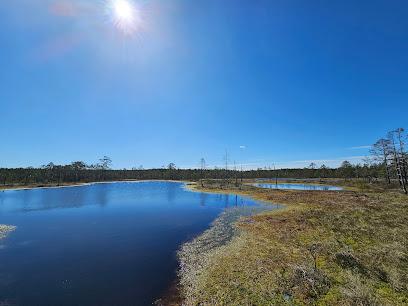
Rakvere Linnakodaniku Majamuuseum
Explore the rich heritage of Rakvere at the Linnakodaniku Majamuuseum, where history and culture come alive in a delightful setting.
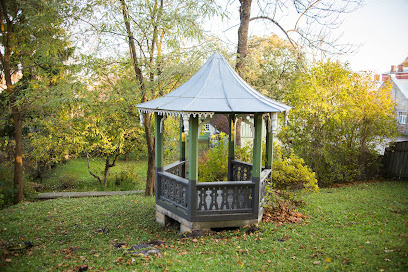
Sagadi metsamuuseum Sagadi Forest Museum
Explore the Sagadi Forest Museum: A gateway to Estonia's rich natural heritage and sustainable forestry practices in Lääne-Viru County.
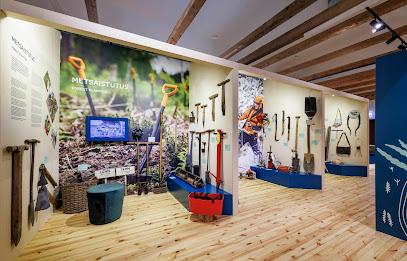
Vabadussõja mälestussammas
Explore the Vabadussõja Mälestussammas, a serene memorial park in Rakvere honoring Estonia's War of Independence, perfect for reflection and appreciation of history.
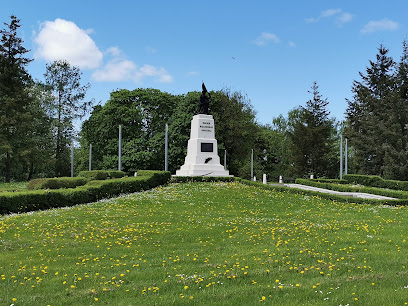
Rakvere Keskväljak
Experience the vibrant atmosphere of Rakvere's Keskväljak Square, a cultural hub with lush greenery, local events, and rich history.

Rehbinderi maja
Explore the rich history and culture of Estonia at Rehbinderi Maja, a captivating museum in the heart of Rakvere, showcasing timeless artifacts and stories.
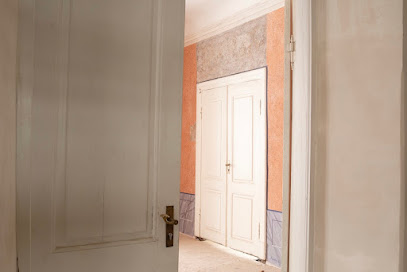
Rahvaaed
Explore the serene landscapes of Rahvaaed Park in Rakvere, a perfect blend of nature and tranquility for all visitors.
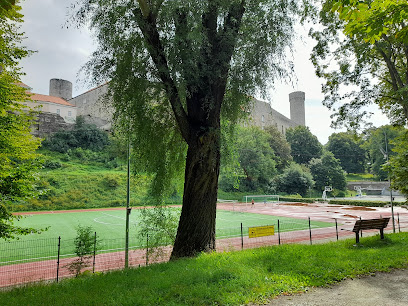
Virumaa Muuseumid SA
Explore the depths of Estonian history and culture at Virumaa Muuseumid SA, a captivating museum in Rakvere, rich in artifacts and engaging exhibits.

Rakvere Vallimäe trepp
Explore Rakvere Vallimäe Trepp: A historical staircase leading to breathtaking views and the stunning Rakvere Castle in Estonia.
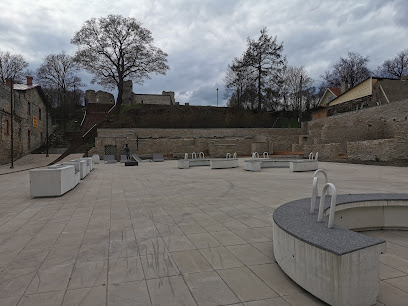
Essential places to dine
Rohuaia Kohvik
Discover local flavors at Rohuaia Kohvik in Rakvere - where Estonian cuisine meets cozy café vibes.
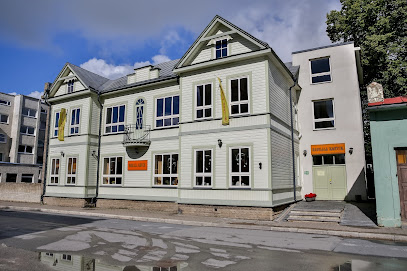
Ararat Grill
Discover authentic Armenian flavors at Ararat Grill in Rakvere - a culinary journey awaits every food lover.
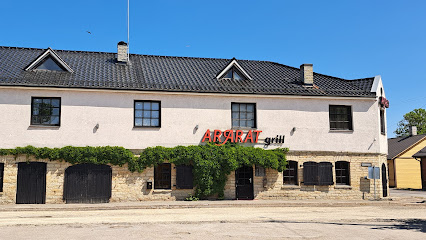
Bamboo Garden
Discover an exquisite Asian culinary experience at Bamboo Garden in Rakvere—where vibrant flavors meet warm hospitality.
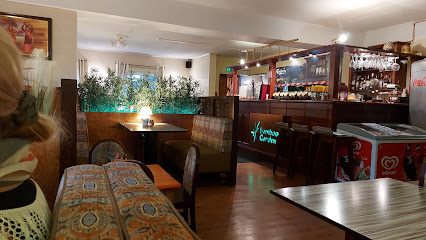
Sarvik
Experience the rich flavors of Estonia at Sarvik in Rakvere – where local ingredients meet culinary artistry in a cozy setting.
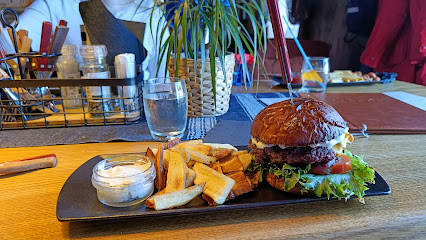
Ocean Sushi
Experience authentic Japanese cuisine at Ocean Sushi in Rakvere - where fresh flavors meet artistic presentation.
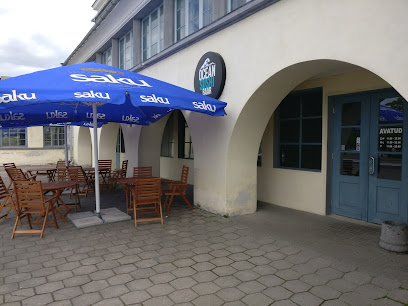
Sushi Tiger
Experience authentic sushi at Sushi Tiger in Rakvere - where fresh ingredients meet expert craftsmanship in a vibrant setting.
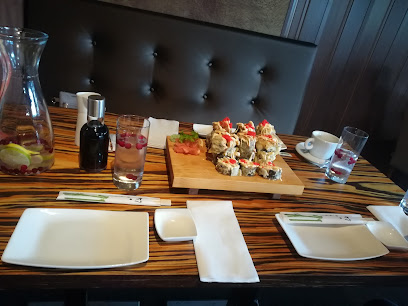
BabyBack Ribs & BBQ
Experience the ultimate barbecue delight at BabyBack Ribs & BBQ in Rakvere—where every bite tells a delicious story.
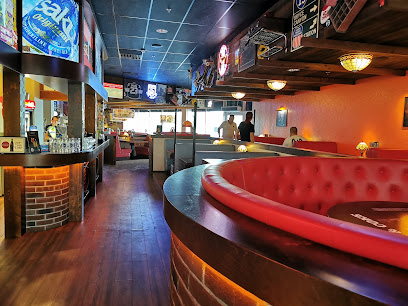
12 Kuud
Discover the rich flavors of Russia at 12 Kuud in Rakvere – where tradition meets taste in every dish.
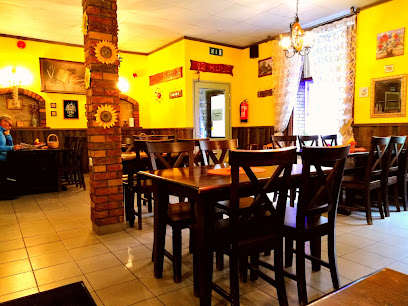
BurgerBros Rakvere
Experience the ultimate burger adventure at BurgerBros Rakvere - where taste meets quality in every bite!
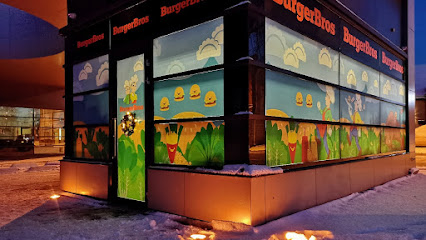
Kuur-Saal
Experience delightful lunches at Kuur-Saal in Rakvere – where fresh ingredients meet cozy ambiance.
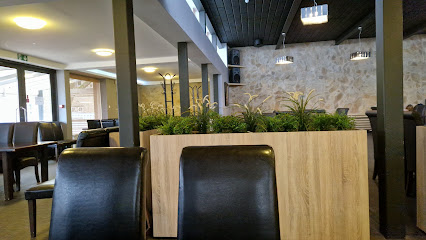
Anne Juures Söögituba
Experience authentic Estonian cuisine at Anne Juures Söögituba in Rakvere - where tradition meets flavor in every dish.
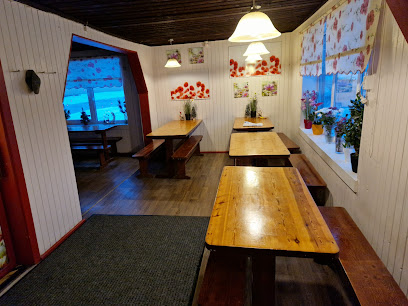
Bonzai
Explore the exquisite tastes of Asia at Bonzai in Rakvere – where every dish tells a story!
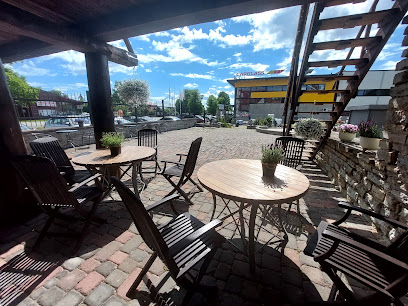
Fresco Lounge
Experience the best of Estonian cuisine at Fresco Lounge in Rakvere – where tradition meets modernity.
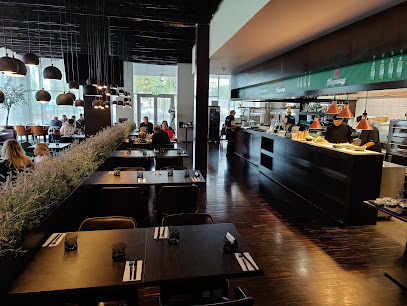
PARQALI Resto & grill
Discover culinary excellence at PARQALI Resto & Grill in Rakvere—where local flavors meet modern dining.

HulluJaani Grill
Discover authentic Estonian flavors at HulluJaani Grill in Rakvere – where every meal is a celebration of local culinary heritage.
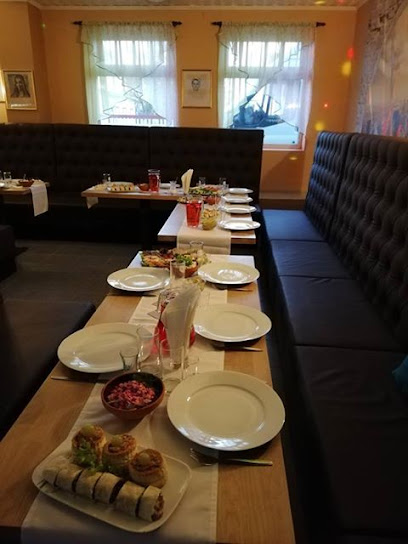
Markets, malls and hidden boutiques
Põhjakeskus
Explore the vibrant Põhjakeskus shopping mall in Tõrremäe for an unforgettable retail and dining experience in Lääne-Viru County.
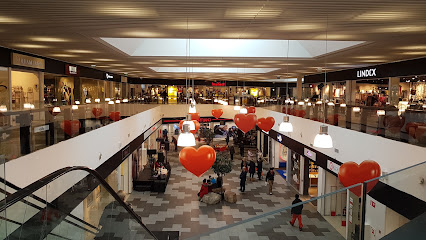
Vaala Keskus
Explore Vaala Keskus in Rakvere, a shopping paradise with diverse stores, delightful dining, and entertainment, perfect for tourists seeking local culture.
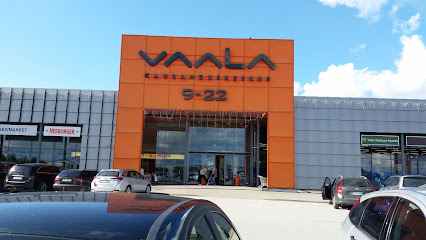
Krooni Selver
Explore local flavors and everyday essentials at Krooni Selver, Rakvere's premier supermarket for tourists and locals alike.
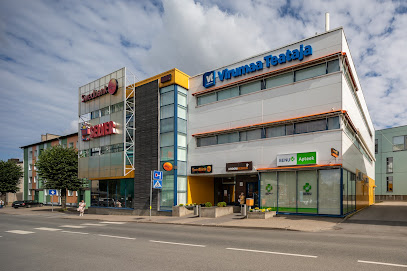
Turu Kaubamaja
Discover local flavors and international goods at Turu Kaubamaja, Rakvere's premier grocery destination for tourists and locals alike.
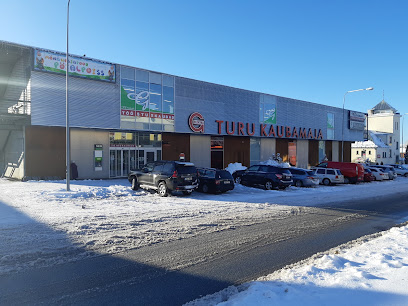
NTREND Rakvere
Discover NTREND Rakvere, your one-stop destination for stylish clothing, trendy cosmetics, and unique toys in Estonia's picturesque Lääne-Viru County.
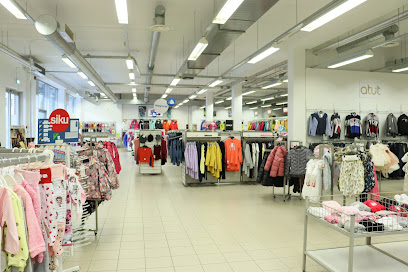
Tsentrum Shopping Center Ltd.
Explore Tsentrum Shopping Center in Rakvere for an unforgettable blend of shopping, dining, and entertainment experiences.
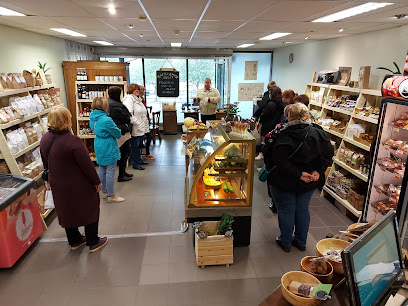
Realiseerimiskeskus
Explore unbeatable deals and unique local finds at Realiseerimiskeskus, your go-to discount store in Rakvere, Estonia.
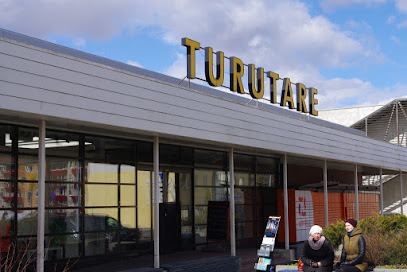
Sõbralt Sõbrale Rakvere
Explore the charm of a second-hand treasure trove at Sõbralt Sõbrale in Rakvere, where every item has a story.
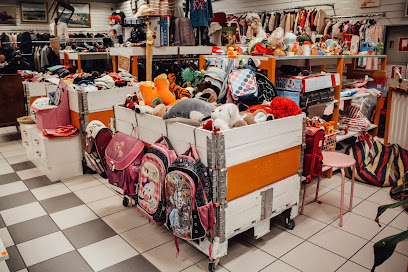
Würth
Discover quality tools and supplies at Würth, Rakvere's premier hardware store, where expert advice meets exceptional service for all your DIY needs.
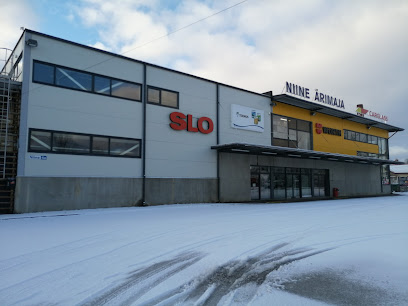
A&E kangad
Explore A&E Kangad in Rakvere for a unique shopping experience filled with style, quality, and local Estonian charm.
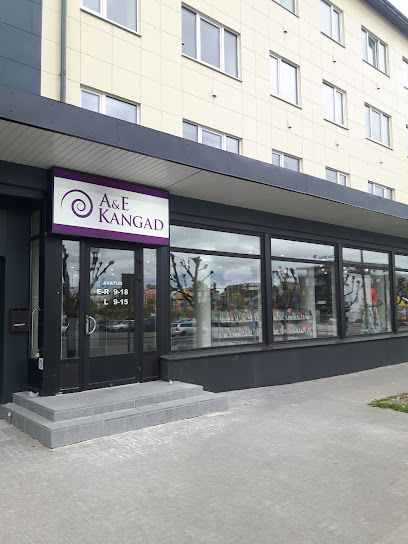
Viru Handicraft Salon LLC
Explore authentic Estonian craftsmanship and unique souvenirs at Viru Handicraft Salon LLC in Rakvere.

Hansa Antiik OÜ
Explore Hansa Antiik OÜ in Rakvere, a must-visit antique store showcasing unique artifacts and rich Estonian heritage.
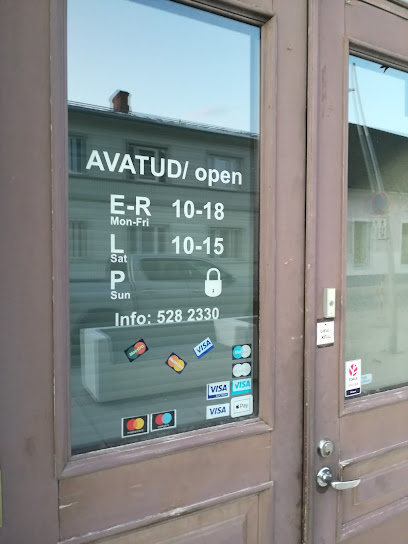
Rakvere Maarahva Pood
Explore Rakvere Maarahva Pood: Your Gateway to Local Flora and Unique Estonian Crafts in Rakvere.
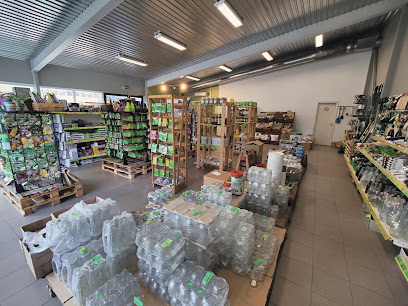
Lindex
Discover stylish clothing for women and children at Lindex in Rakvere, where fashion meets affordability in a vibrant shopping atmosphere.
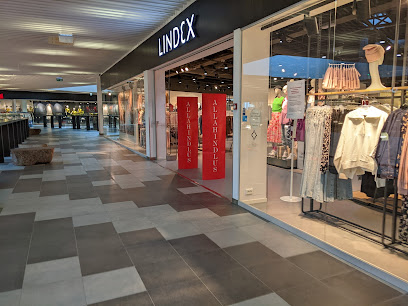
Rakvere Humana
Explore Rakvere Humana, a sustainable used clothing store offering unique finds and supporting local initiatives in the heart of Rakvere.
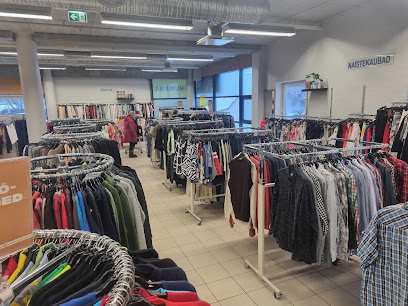
Essential bars & hidden hideouts
Berlin's Tavern
Discover the lively heart of Rakvere at Berlin's Tavern, where local brews and traditional cuisine create an unforgettable pub experience.
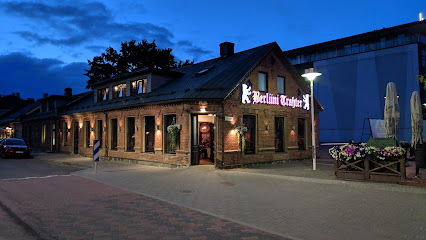
Virma Pubi
Experience authentic Estonian hospitality at Virma Pubi, Rakvere's beloved pub known for its local dishes and vibrant atmosphere.
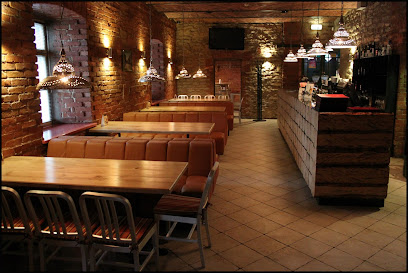
Laada Bistroo
Experience the heart of Estonian cuisine at Laada Bistroo, where cozy ambiance meets delicious local flavors in Rakvere.
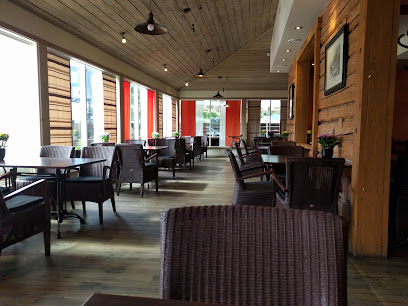
Sarvik
Experience the flavors of Estonia at Sarvik, where local ingredients meet culinary artistry in a cozy setting.
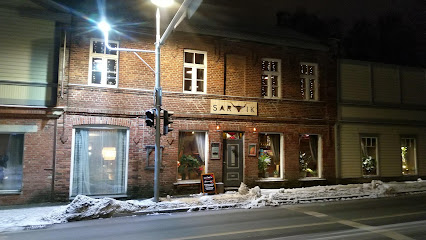
Ocean Sushi
Discover a culinary paradise at Ocean Sushi in Rakvere, offering fresh, delicious sushi and a warm atmosphere for an unforgettable dining experience.
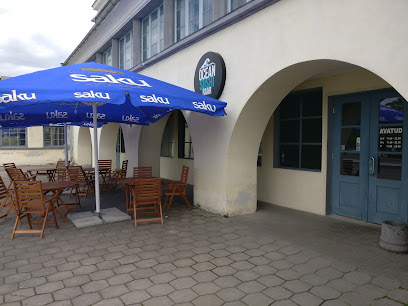
Rakvere Bowling
Experience fun and camaraderie at Rakvere Bowling, a lively venue for bowling, billiards, and socializing in the heart of Rakvere.
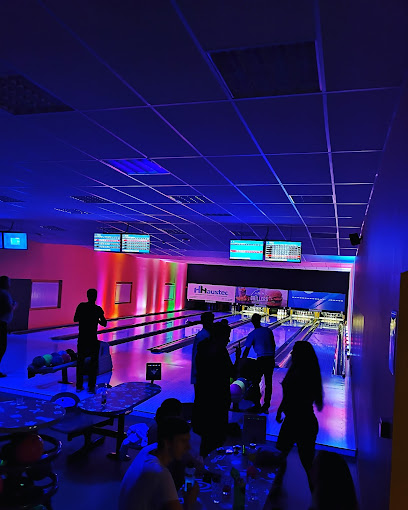
Rock pubi Kära kants
Discover the vibrant atmosphere of Rock Pub Kära Kants in Rakvere, where great music, affordable drinks, and local culture come together for an unforgettable night.
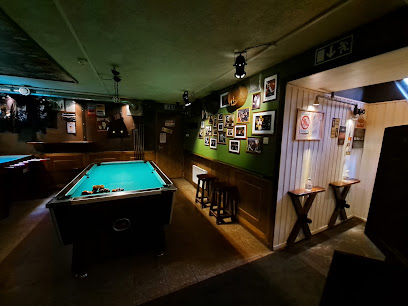
Anne Juures Söögituba
Experience authentic Estonian cuisine at Anne Juures Söögituba in Rakvere, where tradition meets modern flavors in a cozy setting.
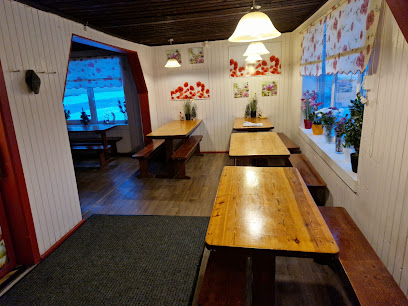
Fresco Lounge
Discover the vibrant flavors of Estonia at Fresco Lounge, a culinary gem in Rakvere offering a unique blend of local and international cuisine.
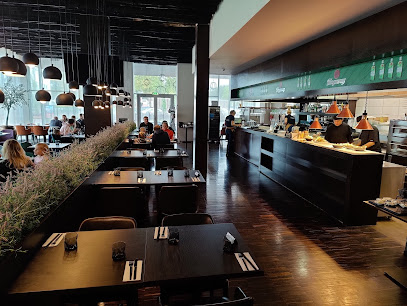
Buena Vista Sofa Club
Discover the vibrant Buena Vista Sofa Club, a cozy lounge in Rakvere, perfect for unwinding with drinks and enjoying local entertainment.
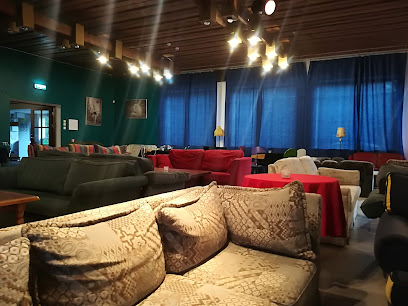
HulluJaani Grill
Discover HulluJaani Grill in Rakvere for an authentic taste of Estonia's culinary delights in a charming and vibrant setting.

Katariina Kelder
Experience the best of Estonian cuisine at Katariina Kelder, a cozy restaurant in Rakvere offering traditional dishes in a charming atmosphere.
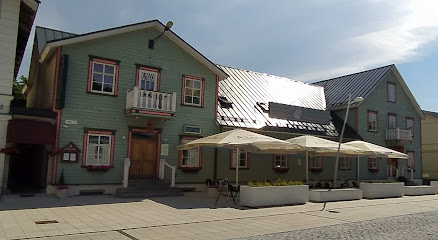
Pubi Kurva Kodu
Discover the heart of Estonian culture at Pubi Kurva Kodu, a lively pub in Rakvere offering traditional cuisine and a warm atmosphere.
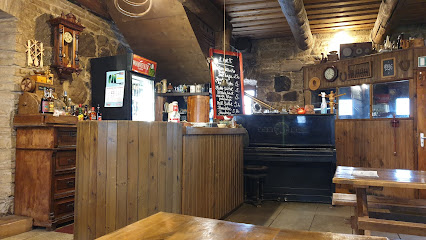
MLounge Rakvere
Discover the inviting atmosphere of MLounge Rakvere, a perfect spot for relaxation, drinks, and light snacks in the heart of Lääne-Viru County.
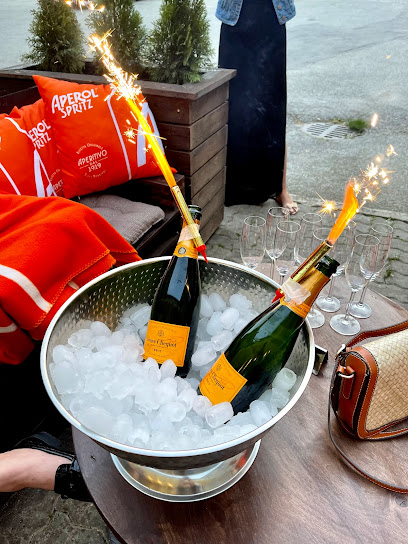
Mjau
Discover the pulsating heart of Rakvere's nightlife at Mjau Night Club, where unforgettable memories and exhilarating moments await.
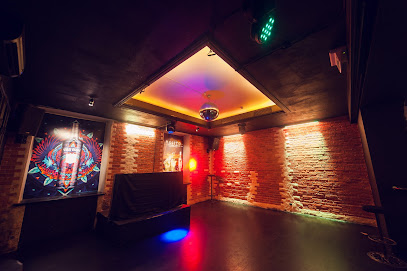
Local Phrases
-
- HelloTere
[teh-reh] - GoodbyeHead aega
[h-ead ah-ga] - YesJah
[yah] - NoEi
[ay] - Please/You're welcomePalun
[pah-loon] - Thank youAitäh
[eye-teh] - Excuse me/SorryVabandage
[vah-ban-da-geh] - How are you?Kuidas sul läheb?
[kwee-das sool lay-heb] - Fine. And you?Hästi. Ja sina?
[ha-stee. ya see-na] - Do you speak English?Kas sa räägid inglise keelt?
[kahs sah raah-ee-gid eeng-leh-seh kehlt] - I don't understandMa ei saa aru
[mah ay sah ah-roo]
- HelloTere
-
- I'd like to see the menu, pleaseMa sooviksin menüüd näha, palun
[mah soh-veek-seen meh-noo-d nah-ha, pah-loon] - I don't eat meatMa ei söö liha
[mah ay suh lay-ah] - Cheers!Terviseks!
[tehr-vee-sehks] - I would like to pay, pleaseMa sooviksin maksta, palun
[mah soh-veek-seen mahk-stah, pah-loon]
- I'd like to see the menu, pleaseMa sooviksin menüüd näha, palun
-
- Help!Appi!
[ahp-pee] - Go away!Mine minema!
[mee-ne mee-ne-mah] - Call the Police!Kutsu politsei!
[koot-soo poh-lee-tsey] - Call a doctor!Kutsu arst!
[koot-soo ah-rst] - I'm lostMa olen eksinud
[mah oh-lehn ehk-see-nood] - I'm illMa olen haige
[mah oh-lehn hah-ee-geh]
- Help!Appi!
-
- I'd like to buy...Ma sooviksin osta...
[mah soh-veek-seen oh-stah] - I'm just lookingMa vaatan ainult
[mah vah-tahn eye-noolt] - How much is it?Kui palju see maksab?
[kwee pahl-yoo seh mahk-sahb] - That's too expensiveSee on liiga kallis
[seh ohn lee-gah kahl-lees] - Can you lower the price?Kas saad hinda alandada?
[kahs sah-ahd hin-dah ah-lahn-dah-dah]
- I'd like to buy...Ma sooviksin osta...
-
- What time is it?Mis kell on?
[mees kehl ohn] - It's one o'clockOn üks kell
[ohn uks kehl] - Half past (10)Pool (10)
[pohl (10)] - MorningHommik
[hohm-meek] - AfternoonPärastlõuna
[pah-rahst-loh-oo-nah] - EveningÕhtu
[ohkh-too] - YesterdayEile
[ay-leh] - TodayTäna
[tah-nah] - TomorrowHomme
[hohm-meh] - 1Üks
[ooks] - 2Kaks
[kahks] - 3Kolm
[kohlm] - 4Neli
[neh-lee] - 5Viis
[vees] - 6Kuus
[koos] - 7Seitse
[sayt-seh] - 8Kaheksa
[kah-heksah] - 9Üheksa
[ooh-heksah] - 10Kümme
[koom-meh]
- What time is it?Mis kell on?
-
- Where's a/the...?Kus on ...?
[koos ohn] - What's the address?Mis on aadress?
[mees ohn ah-ah-dress] - Can you show me (on the map)?Kas saad mulle näidata (kaardil)?
[kahs sah-ahd moo-leh nah-ee-tah-dah kah-ard-eel] - When's the next (bus)?Millal on järgmine (buss)?
[meel-lahl ohn yahrg-mee-neh boos] - A ticket (to ....)Pilet (....le)
[pee-leht leh]
- Where's a/the...?Kus on ...?
History of Rakvere
-
Rakvere, located in northern Estonia, has a rich history dating back to the 13th century. The settlement was first mentioned in written sources in 1226. The area was initially settled by the Estonian tribe of the Vironians, who built a wooden stronghold on the site known today as Rakvere.
-
In the 14th century, Rakvere came under the control of the Livonian Order, a branch of the Teutonic Knights. They constructed the stone Rakvere Castle, which became a significant stronghold in the region. The castle served as a military and administrative center, playing a crucial role in the Northern Crusades and the spread of Christianity in Estonia.
-
The Livonian War (1558–1583) was a turbulent period for Rakvere, as the town changed hands multiple times between Russia, Poland, and Sweden. Eventually, Rakvere came under Swedish control in 1581. Under Swedish rule, the town experienced economic growth and development, with improvements in infrastructure and trade.
-
The Great Northern War (1700–1721) brought significant upheaval to Rakvere. The town and its castle suffered extensive damage during the conflict. Following the war, Rakvere was annexed by the Russian Empire in 1721 as part of the Treaty of Nystad. The town became a part of the Governorate of Estonia, integrating into the Russian administrative system.
-
The 19th century marked a period of industrialization and modernization for Rakvere. The construction of the Tallinn-Narva railway in 1870 connected Rakvere to major trade routes, spurring economic growth. The town saw the establishment of various industries, including breweries, sawmills, and brick factories, which contributed to its development.
-
Following Estonia's declaration of independence in 1918, Rakvere became an important regional center. The interwar period was characterized by cultural and economic development, with the establishment of schools, cultural institutions, and local businesses. Rakvere also played a role in the Estonian War of Independence, with local volunteers participating in the fight for freedom.
-
Rakvere, like the rest of Estonia, experienced significant hardship during the Soviet occupation and World War II. The town was occupied by Soviet forces in 1940, followed by German occupation in 1941, and then re-occupied by the Soviets in 1944. The war left Rakvere with significant destruction, and the subsequent Soviet era brought about political repression and economic changes.
-
Estonia regained its independence from the Soviet Union in 1991, and Rakvere began a new chapter in its history. The town has since undergone significant revitalization, with investments in infrastructure, culture, and tourism. Rakvere Castle has been restored and transformed into a popular tourist attraction, and the town hosts various cultural events and festivals, celebrating its rich history and heritage.
Rakvere Essentials
-
Rakvere is located in northern Estonia, approximately 100 kilometers east of Tallinn, the capital. The easiest way to reach Rakvere is by taking a train from Tallinn, which offers multiple daily departures and takes about 1.5 hours. Alternatively, you can drive from Tallinn to Rakvere, which takes around 1.5 to 2 hours by car. Buses are also available from Tallinn and other major cities in Estonia, providing a comfortable and affordable option.
-
Rakvere is a compact town, making it easy to explore on foot. For longer distances, local buses and taxis are readily available. Biking is also a popular option, with several rental shops in the town. Public transportation within Rakvere is efficient, and buses connect to neighboring towns and villages. If you prefer more flexibility, car rentals are available and can be a great way to explore the surrounding region.
-
The official currency in Estonia is the Euro (EUR). Credit and debit cards are widely accepted in Rakvere, including in hotels, restaurants, and shops. However, it is advisable to carry some cash for smaller establishments or markets. ATMs are plentiful and can be found throughout the town.
-
Rakvere is generally a safe destination for tourists. Standard precautions are recommended, such as not leaving personal belongings unattended and being cautious in crowded areas. There are no specific high-crime areas targeting tourists, but it is always best to stay vigilant and aware of your surroundings, especially at night.
-
In case of an emergency, dial 112 for immediate assistance, which will connect you to emergency services including police, fire, and medical help. The local police station is located in the town center, and Rakvere has a hospital and several pharmacies for medical needs. It is recommended to have travel insurance that covers medical emergencies.
-
Fashion: Do dress comfortably and appropriately for the weather. Casual attire is acceptable in most places, but avoid overly revealing clothing. Religion: Do respect local customs when visiting religious sites. It's advisable to dress modestly and speak quietly. Public Transport: Do be respectful and considerate to other passengers. Don’t eat or drink on public transport. Greetings: Do greet people with a friendly 'Tere' (Hello in Estonian). A handshake is common in formal situations. Eating & Drinking: Do try local dishes and beverages. Don’t refuse an offer to join in a meal, as it can be seen as impolite.
-
To experience Rakvere like a local, visit the Rakvere Castle, which offers a glimpse into medieval history and hosts various events and reenactments. Take a stroll in the central park (Rakvere Vallimägi), which is a popular spot for locals. The local market is a great place to buy fresh produce and traditional Estonian goods. Engage with locals, as they are often friendly and willing to share insights about the town's history and culture. Don't miss the opportunity to visit the Rakvere Theatre, which is one of the oldest and most renowned theatres in Estonia.
Trending Landmark in Rakvere
Nearby Cities to Rakvere
-
Things To Do in Jõhvi
-
Things To Do in Paide
-
Things To Do in Tallinn
-
Things To Do in Rapla
-
Things To Do in Tartu
-
Things To Do in Viljandi
-
Things To Do in Helsinki
-
Things To Do in Porvoo
-
Things To Do in Espoo
-
Things To Do in Pärnu
-
Things To Do in Haapsalu
-
Things To Do in Võru
-
Things To Do in Valga
-
Things To Do in Lahti
-
Things To Do in Kärdla








